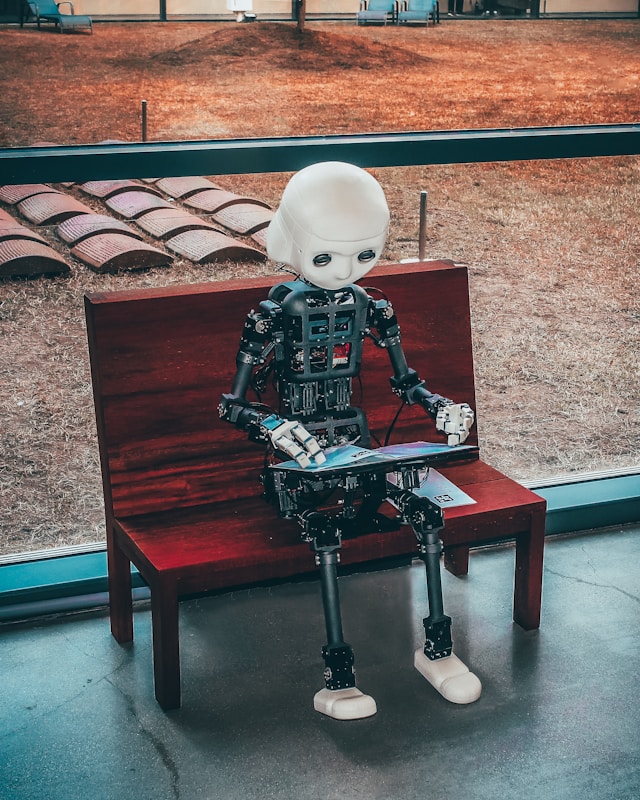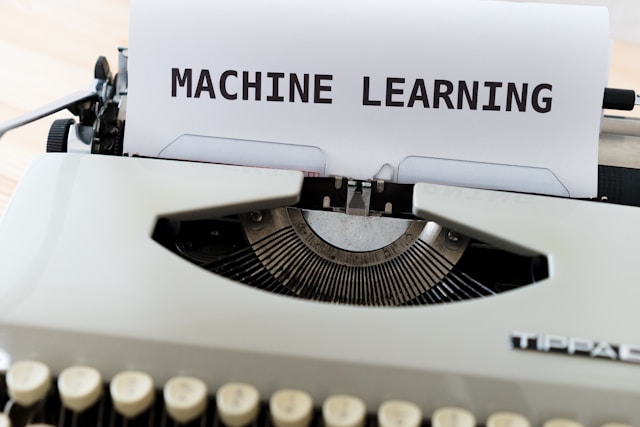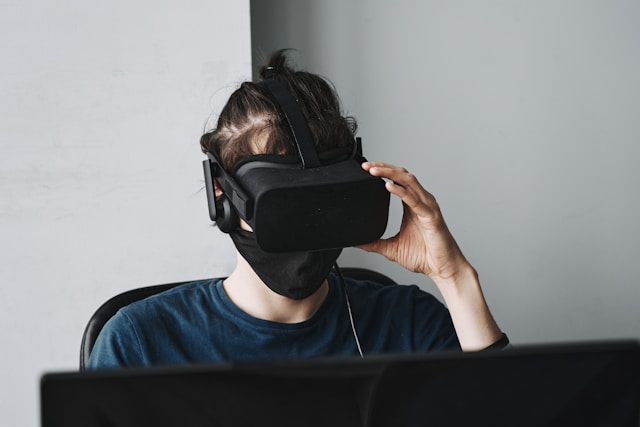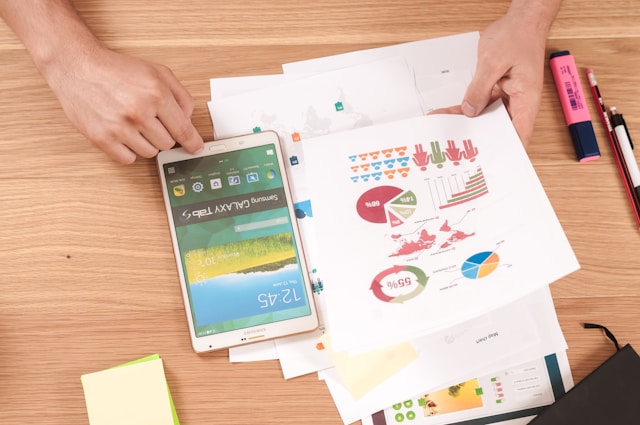The ongoing debate surrounding Artificial Intelligence (AI) and its role in creativity has become one of the most fascinating discussions in the tech world. Can machines truly be creative, or are they merely replicating what they’ve been programmed to do? With AI systems capable of generating art, music, writing, and more, the lines between human and machine creativity are beginning to blur. However, can AI ever reach the depth and originality of human creativity? Let’s explore the complexities of this question.
What Defines Human Creativity?
Human creativity is a multi-faceted ability that stems from consciousness, emotional intelligence, and personal experiences. It involves:
- Originality: Humans create something that hasn’t been seen before.
- Expression: Creative works often express emotions, personal experiences, or societal reflections.
- Imagination: Humans can think beyond known patterns and envision abstract concepts.
Humans are not bound by data or algorithms; instead, creativity is shaped by the interplay of their emotions, culture, environment, and personal reflections.
AI and the Illusion of Creativity
AI’s creative output is generated through algorithms that process large volumes of data, identify patterns, and then generate new works based on those patterns. While AI can produce works that appear original, it doesn’t “create” in the same sense humans do. Here’s how AI generates creative output:
- Data Analysis: AI analyzes patterns and structures from a wide range of data (e.g., paintings, music compositions).
- Pattern Recognition: AI identifies patterns within the data to replicate styles or create new variations.
- Repetition of Ideas: AI doesn’t generate ideas from personal thought or emotion. Instead, it reconfigures existing patterns.

Can Machines Be Truly Creative?
AI’s creative works might be indistinguishable from human-made works at first glance, but their creative processes are fundamentally different. Here are some reasons why AI can’t fully replicate human creativity:
- No Emotion or Experience: AI doesn’t feel emotions or have life experiences to draw from.
- No Contextual Understanding: AI doesn’t grasp the cultural, societal, or personal contexts that influence human creativity.
- Lack of Purpose: AI doesn’t create for a purpose; it generates based on data patterns rather than intentionality.
Despite producing works of art, music, and text, AI can’t understand the meaning or intention behind its creations. Its outputs are the result of algorithms, not emotional or conceptual understanding.
AI’s Creative Potential: The Role of Collaboration
While AI might not be fully creative in the human sense, it can still play a pivotal role in enhancing and augmenting human creativity see casino en ligne . Instead of replacing human creators, AI can be used as a tool to assist them in the following ways:
- Idea Generation: AI can provide new perspectives or variations of existing concepts that spark inspiration.
- Automation of Repetitive Tasks: AI can take over the mundane aspects of creative processes, freeing artists to focus on higher-level tasks.
- Collaboration with Humans: AI can work alongside artists to explore new creative directions or techniques that they might not have discovered alone.
The Fine Line Between Imitation and Innovation
While AI can create works that appear original, its output is still fundamentally imitative. AI’s creations are based on data it’s been trained on, meaning it can only produce new works by remixing existing ones. In comparison, human creativity often involves taking inspiration from existing knowledge but transforming it in ways that reflect personal experience, emotional insight, or conceptual depth.
- AI: Learns from pre-existing data and recombines it to create outputs.
- Humans: Draw on emotions, life experiences, and cultural contexts to create something new and original.
This distinction between imitation and innovation is what sets human creativity apart from AI-generated work.
Ethical Implications of AI Creativity
As AI becomes increasingly adept at producing creative works, ethical concerns arise. Who owns the rights to AI-generated art? If AI creates a song or painting, should it be credited to the machine, the programmer, or the organization that trained the model? These are questions that will need to be addressed as AI’s role in the creative world expands.
Moreover, there is the concern of job displacement in creative industries. If AI can generate high-quality content in music, writing, and art, what does this mean for human artists, writers, and musicians?
The Future of Creativity: A Partnership Between Humans and AI
Rather than seeing AI as a replacement for human creativity, the future could lie in collaboration. AI can assist in the creative process, helping humans explore new ideas and break free from creative blocks. This partnership can allow for more experimentation, innovation, and discovery in the creative fields.
AI can help to:
- Expand Creative Boundaries: Explore new styles, genres, or techniques.
- Foster New Forms of Art: Combine human emotion and machine precision to create new artistic forms.
- Enhance Productivity: Allow artists to focus on the creative aspects while automating repetitive tasks.
Ultimately, AI can become a powerful tool in the hands of human creators, unlocking potential that wasn’t previously possible.
Conclusion
While AI’s creative potential is undeniable, it lacks the depth, emotional richness, and intentionality that define human creativity. AI can produce impressive works, but its output is based on patterns and data, not experiences or emotions. Instead of viewing AI as a threat to human creativity, we should embrace it as a tool that can enhance and complement our own creative endeavors. The true magic happens when AI and humans work together, pushing the boundaries of what is possible in art, music, literature, and beyond.


